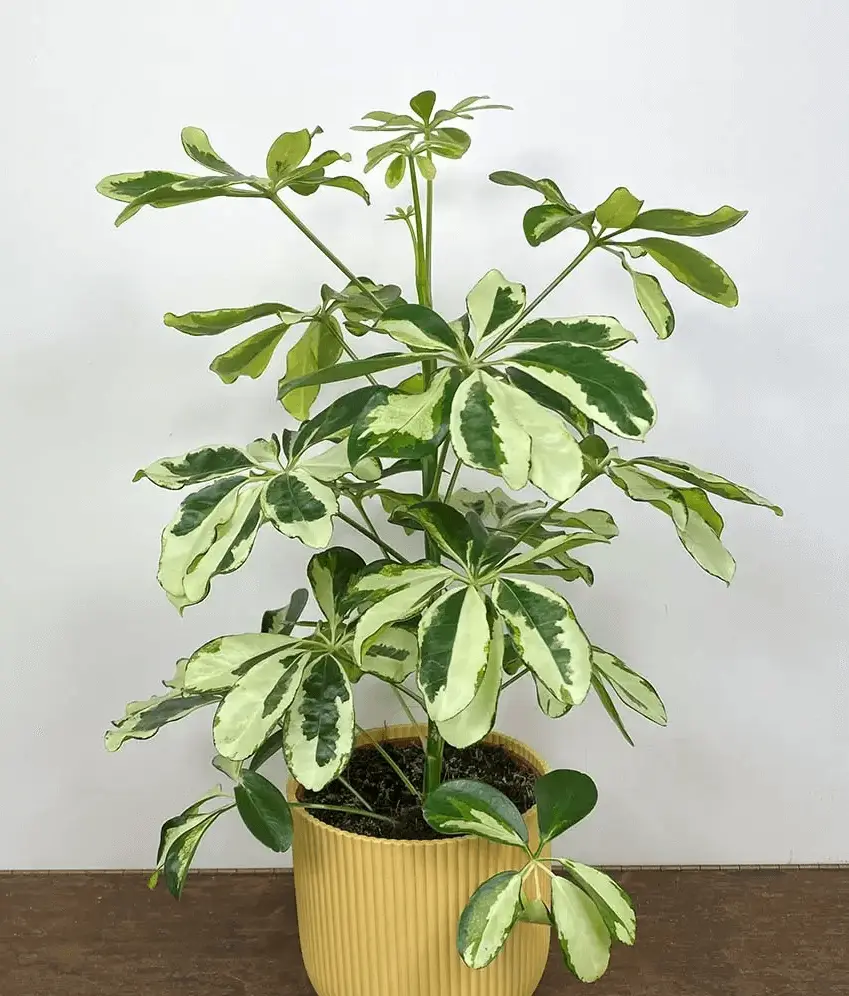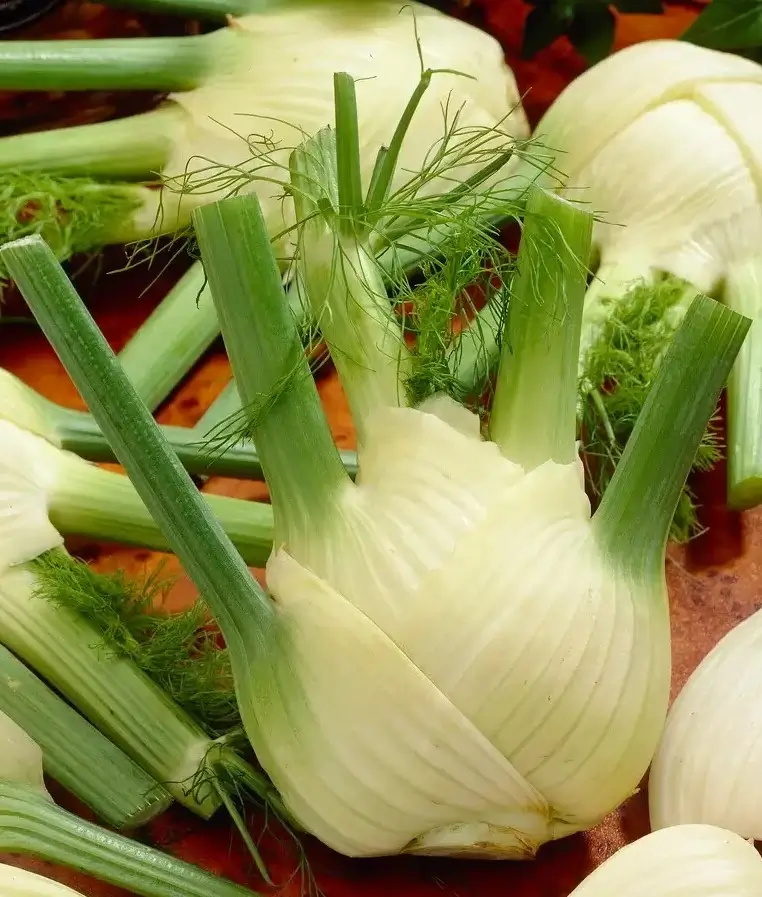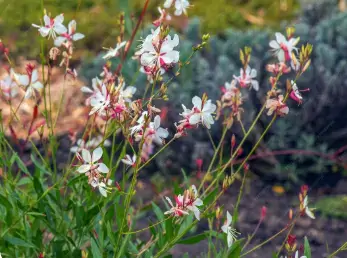
Soil Health & Fertilization
We unite suppliers and green industry professionals worldwide
Originally from the tropical forests of Asia, the umbrella plant (Schefflesia arboricola) is a hardy, versatile, and beautiful tropical species of plant that has become a favorite houseplant or garden accent in warmer climates.
By Mariam Scott
|Published on September 25, 2025


Originally from the tropical forests of Asia, the umbrella plant (Schefflesia arboricola) is a hardy, versatile, and beautiful tropical species of plant that has become a favorite houseplant or garden accent in warmer climates. With broad, waxy umbrella-shaped stems, delicate reproductive structures, and large leaflets, the plant can bring color, style, and a hint of the tropics to any environment.
It has a green canopy, and it does not require a lot of maintenance to grow. That means that it has become popular for people looking to begin, and for those who have more experience in planting. Grown in a pot at home or in frost-free areas, the Umbrella Plant is easy to adapt, thrives in many different environments, and helps to clean the air - making it more than a pretty face, because it does more.
| Scientific Name | Scheffleria Arboricola |
| Common Names | Umbrella plant, dwarf umbrella tree, octopus tree |
| Family | Araliaceae |
| Genus | Schefflera |
| Species | Scheffleria arboricola. |
| Varieties | Some favorites include Gold Capella (which has variegated yellow-green leaves), Trinette (which has cream-edged foliage), and Dazzle (which has speckled leaves). |

September 25, 2025
9 minute read
September 24, 2025
9 minute read
September 23, 2025
10 minute read
September 22, 2025
9 minute read


Join as a seller and connect with thousands of B2B buyers nationwide!
Sign Up

Fenugreek
Fenugreek is a cook´s all-around aromatic herb, and leaves as well as seeds are used in cooking. It has been used for thousands of years in culinary, herbal medicine and traditional remedies and holds a high ranking status across cultures globally.

Fennel Florence
Fennel Florence has a sharp taste and is aromatic. This herb is also valued for its crisp white bulb which can be eaten. Whether raw in salads, roasted with vegetables, or to enhance broths and stocks — it brings beauty as well as functionality.

Gaura
Gaura plants are long-blooming perennials that produce delicate white or pink flowers, which shimmer in the breeze. It provides a splash of color year-round, and many cultivars bloom from late spring through the end of autumn.

Habanero Red
The Habanero Red is a very hot chili pepper with a delicious, sweet, fruity flavor. This spice is greatly used in cuisines globally, particularly in the kinds of Mexican, Caribbean, as well as spicy flavors.
Umbrella Plant is admired because of its combination of abundant greenery, convenient flexibility, and spectacular growth pattern.
The Umbrella plant has several functions and is not only useful but also quite decorative.
The Umbrella Plant is versatile and grows best when the following conditions are met:
Umbrella Plant seeds are tiny, and they are frequently neglected since they are propagated by cuttings. But there are distinctive properties inherent in the seeds.
Umbrella Plants can be grown slowly, but are satisfying when the conditions are well controlled when planted using seeds.
The Umbrella Plant does not reproduce through its usual method of procreation, but can survive as long as it is stored properly.
Propagation is more often by cuttings, but can also be done through seeds and air layering.
Umbrella Plants are often hardy, but sometimes suffer from bugs and disease.
In the germination of the Umbrella Plant, the storage of seeds is also important.
The Umbrella Plant is a durable, attractive, and adaptable plant that adds a nice touch to a home or office. Its frilly leaves, air-cleansing habits, and easy-care protocol make it one of the easiest houseplants out there. Whether grown from seeds, cuttings or propagated from nursery plants, it provides year-round greenery and refinement.
It grows moderately fast, often reaching 3–6 feet indoors within a few years, and much taller outdoors.
Yes, it can handle low light, but growth will be slower, and leaves will take on a duller color. Well, indirect and bright light is perfect.
Yes, it holds calcium oxalate crystals that can be irritating when swallowed by dogs or cats. Keep out of reach of pets.

Soil Health & Fertilization
Victor Miller

Pest Identification & Prevention
Victor Miller

Lawn Care Tips & Maintenance
Victor Miller

Soil Health & Fertilization
Victor Miller

Smart Irrigation Systems
Victor Miller

Patios, Walkways & Driveways
Victor Miller

Soil Health & Fertilization
Victor Miller

Pest Identification & Prevention
Victor Miller
My Account
Our team is always here to help.
We are open Monday - Friday, 9:00 AM to 4:30 PM PST.